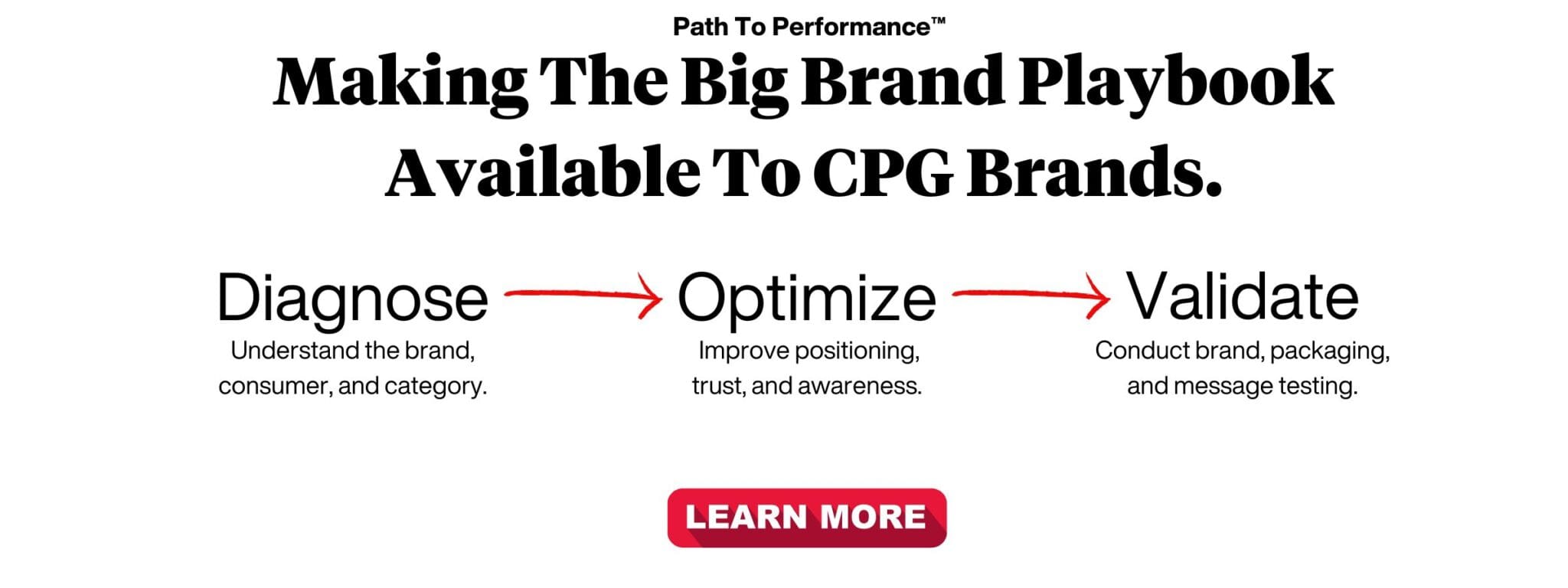Wine is one of the most consumed FCMG products, which guarantees this product category has intense competition. It takes a good branding strategy and an eye-catching wine packaging design to capture such a competitive market.
Effective product packaging is crucial in boosting brand awareness and fostering a psychological connection with customers, ultimately leading to successful brand recognition.
For any of the “21 and older” categories, creating an attractive alcohol packaging design may appear straightforward, but it’s not! There are many variables apart from putting a fancy Wine label on the bottle. All these variables make the makes the wine packaging design a challenging task.
Let’s look at design elements, processes, and strategies that create a wine bottle design that consumers love. Specifically, we will examine factors influencing consumer preferences, purchase decisions, and ideas related to packaging design for wine brands.
What Does A Packaging Design Consist Of?
A qualified Wine Packaging Design Agency makes it a standard operating procedure to identify the key elements a packaging design must have and how to differentiate from this point forward. Each element, such as typography, color, and imagery, affects the product’s packaging differently.
Not only this, but these elements also influence the customer’s purchase-making decisions. Excellent packaging of a wine bottle must deliver its message clearly to the targeted consumer.
The bottle of Decoy, one of the top 2023 wine brands, is a perfect example. It features a minimalistic black bottle with a purple sticker. It represents elegance, richness, and calmness.
Decoy is an example of how elements of a wine label design must align with the nature of the drink. Simultaneously the design of the packaging must also resonate with consumer preferences.
Since the wine market is highly competitive, designers must choose a sweet spot between traditional and modern design approaches. Consider this one thing, i.e., “Less is More!”
Even though each design element has a significant role in branding, how they work together is the most critical factor.
Trends in Wine Package Design
In the ever-evolving market, wine packaging design trends shape how consumers perceive and interact with their favorite vintages.
The wine industry has undergone significant changes over time. Wineries are exploring various design possibilities to meet consumers’ increasing demand, including low and no-alcohol options and sustainable materials. However, most wine purchases still focus on the classic red and white varieties.
Minimalist and clean designs capture attention with simplicity, while unique bottle shapes add extra intrigue. Today’s Wine labels are stylish and refined, showcasing high-end class and alcohol percentage.
Sustainable materials appeal to co-conscious consumers, and brands can convey authenticity through handcrafted and artisanal aesthetics. For example, recycled glass bottles and biodegradable packaging materials are now commonly used in product packaging design.
Interactive and engaging elements create memorable experiences, and bold colors and patterns make a statement on the shelf. A white bottle label might feature a simple, uncluttered design with minimal text, allowing the focus to be on the wine itself.
Personalization and limited editions cater to individual tastes, while storytelling and heritage reflect a wine’s unique journey. Trends like these give rise to unique wine label design ideas created by category disruptors, niche targets, and influencers marketing their own brand.
Some brands are creating a wine packaging design that incorporates shock and awe to deliver a lasting and powerful consumer experience. Defying design conventions with unconventional shapes, bold colors, and incredible visuals leaves a memorable impact.
Wine Bottle Packaging Design
Effective bottle packaging design is vital in grabbing the consumer’s attention. Besides that, it helps communicate the brand identity and greatly influences purchase-making decisions.
Efficient packaging design strategies intelligently incorporate visual elements, material, and strategic considerations. It makes special packaging that perfectly aligns with the brand values and appeals to the target audience.
- The packaging design should convey the winery’s unique story and brand identity.
- It can incorporate historical references, vineyard landscapes, winemaking traditions, or the winemaker’s journey.
- The design should consider color schemes, typography, and graphic elements that reflect the wine’s character and target market.
- Sustainable options like recycled glass, paper labels, or biodegradable materials align with eco-conscious consumer preferences.
- The selection of high-quality materials also contributes to the wine’s perceived value and premium image.
- A well-organized information hierarchy helps consumers navigate the label easily.
Case Study: Chateau Diana Nouveau Rouge Wine
The Famous Nouveau Rogue, or the Nouveau Rose, from Chateau Diana Winery, is the first of the vintage known for their light, fruity flavors.
The winery’s namesake, the Roman Goddess Diana, is depicted on the label with beautiful imagery, typography, and color scheme that perfectly align with the brand’s values.
Moreover, the design elements of the Rose and the Rouge bottles are so clean and minimal, which makes them the right choice for almost every event.
Wine Box Packaging Design
The packaging design for brands whose product comes in wine boxes is vital in improving the presentation and value of the bottles, as well as ensuring their safety during transportation and storage. Brands must shift the consumer’s mindset from their historical understanding of cheap box one to the new eco-friendly mentality.
A well-designed wine box shields the bottles, represents the brand’s identity, and creates a memorable, unboxing experience. Here are some best practices that a Wine Brand Strategy Agency must incorporate within its marketing strategies:
- The first and most crucial element is the structural design of the box. It should consider factors like bottle size, shape, and total number of bottles.
- For luxury wine boxes, use premium materials like sturdy cardboard, wood, or high-quality paper board.
- Wine box packaging offers an opportunity to showcase the brand’s identity and create a personalized touch.
Case Study: Moët & Chandon Champagne
Moët & Chandon, a prestigious champagne house, sought to create a luxury packaging design for their limited-edition champagne gift boxes. They collaborated with a renowned designer to develop an exclusive packaging concept.
The designer focused on incorporating luxury and elegance into the packaging design. The wine boxes were crafted from high-quality rigid cardboard and adorned with embossed gold foil patterns inspired by the vineyard landscape and grapevines.
Single Serve Wine Packaging Design
Single-serve wine has recently become popular, especially since the global pandemic of COVID-19. Consumers nowadays seek convenient and portable options for enjoying wine.
To fulfill the needs and demands of the consumer, a Wine Brand Development Agency must focus on careful considerations of aesthetics, functionality, and brand representation.
Here are some best practices to follow when designing single-serve wine boxes:
- Craft packaging that prioritizes on-the-go consumption, enabling wine lovers to enjoy their favorite wine anywhere, from picnics to outdoor events
- Embrace environmentally friendly materials and packaging solutions, such as recyclable cans or eco-friendly beverage boxes.
- Infuse packaging design with elements that reflect the brand’s story and heritage, fostering authenticity and creating an emotional connection with consumers.
- Create visually distinctive packaging using captivating graphics, illustrations, colors, and typography to effectively communicate the wine’s unique qualities and target specific audiences.
Wine Packaging Design Tips
Let’s discuss some best practices and wine packaging design tips to enhance your marketing further and give graphic designers new wine bottle design ideas.
Reflect the Brand Identity
The main focus of the wine packaging design must be on reflecting the overall brand identity. At first glance, consumers should quickly know about the brand’s personality and values.
For example, use earthy tones, textured paper labels, and hand-drawn illustrations to showcase the commitment to traditional winemaking techniques and natural vineyard practices.
Consider Shelf Impact
The next important thing is to see how much impact the bottle’s design will make the shelf. A good wine bottle packaging catches the consumer’s attention; therefore, it must stand out from the shelf competition.
A graphics designer can use catching design elements such as unique shapes, bold colors, and attractive typography for that purpose. It will help differentiate the bottles from the competitors and will help establish a unique brand identity.
For example, a wine bottle with a minimal design with a vibrant pop of colors can instantly grab attention on the shelf.
Typography and Legibility
Branding companies must use legible and appropriate fonts for the brand image. The typography of the bottle should convey the desired message clearly and be easy to read from a distance.
Besides that, the bottle design must also ensure that the wine’s name, varietal, and region are legible on the label. For example, clean and elegant serif font is a good choice for the wine’s character, while readable sans-serif font is a good option for additional information.
Tell a Story
Effective marketing relies heavily on the art of storytelling. Wine packaging designers understand this and strive to create a captivating narrative that will engage consumers.
Label designs should incorporate elements that communicate the wine’s unique story, heritage, or winemaking process to achieve this. For instance, a wine packaging design for a family-owned winery could feature a crest or emblem that symbolizes the family’s history and values.
Consider Practicality
The packaging of the wine must not only be visually appealing, but it must also be functional and practical. Packaging design agencies must consider ease of handling, pouring, and storage.
Furthermore, the packaging should protect the wine and provide a convenient user experience for the consumer. For example, a wine label with a peel-off tab or tear strip is easy to open. It can enhance user experience and convenience.
Test and Iterate
Design agencies for wine bottles need to explore various design concepts, even if it comes with a cost, as it can lead to new opportunities for marketing and branding.
It is essential to closely monitor the testing of new designs through consumer feedback gathered via different channels such as market research, focus groups, or surveys.
It will help in comprehending how the target audience perceives the packaging. Based on the insights gained, the company should iterate to enhance the design and meet consumer expectations continuously.
Data-Driven Brand Development For CPG Brands
SmashBrand is a brand development agency for FMCG and CPG companies. From brand strategy to packaging design testing, our Path To Performance™ process guarantees a retail performance lift. Book a time to discuss your project with our team.
Subscribe to
Nice Package.
A monthly newsletter that unpacks a critical topic in the FMCG & CPG industry.
Free Resource.

CPG product repositioning guide.
Explore the five undeniable signs your CPG product needs repositioning along with strategies for leveraging consumer insights for a guaranteed market lift.
Learn More About CPG product repositioning guide.
